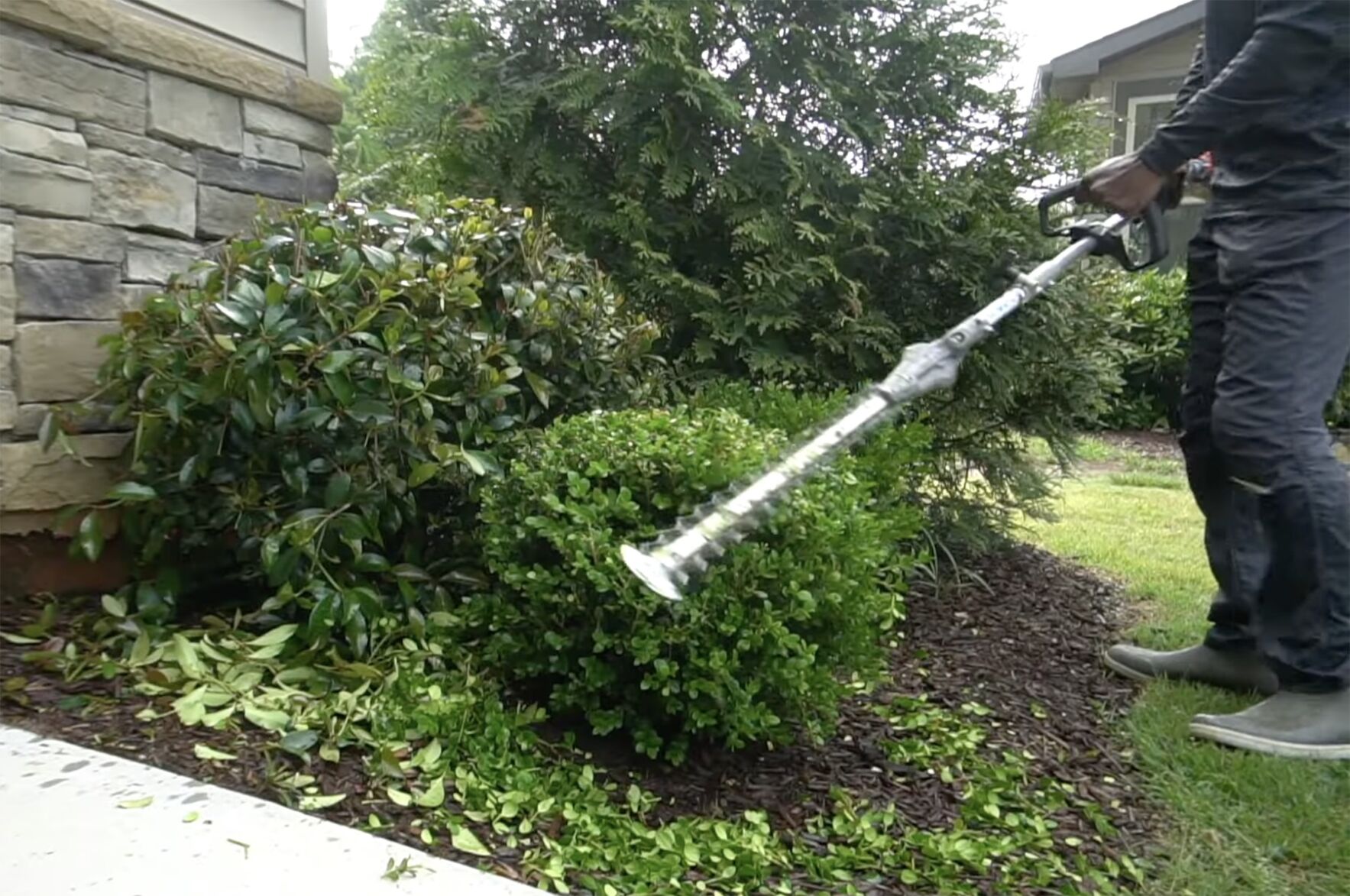You should be getting your lawn and garden spring-ready, according to experts.
“One thing I don’t think people realize is that to get your grass, shrubs and other plants looking good in the spring … all that preparation starts right now,” said Major League Fishing bass pro Brian Latimer, or “Blat” as he is known by fans.
To help homeowners prep, he offers four go-to tips:
1. Pull those weeds. According to Latimer, the most important step in prepping your lawn and garden for spring is weeding.
“I have a zero-tolerance policy when it comes to weeds,” he said. “Watch those sneaky weeds growing in your shrubs and ground covers, because those are going to be the first ones that show their heads in the spring.”
While weeding isn’t the most fun you can have in your yard, it’s worth the effort. Latimer also recommends putting a pre-emergent out while cool-season weeds germinate. This is especially important if you have warm-season grass. While you can use pre-emergent on your planting beds as well, he recommends hand-pulling them if you can.
2. Tidy up with selective pruning. Pruning will make your shrubs look nice and tidy; however, Latimer recommends being careful in your efforts, avoiding plants that are budding. Pruning buds will keep your flowers from being as prolific in the springtime. You can check for buds by combing your hands through the foliage.
3. Get rid of pests. Certain spring pests should be treated for in the colder months. Latimer is especially wary of fire ants, as they’re one of the most active lawn pests in spring. Treating them early will minimize their activity and mitigate potential problems they cause when the weather warms up.
“I can promise you, they will be everywhere, so take care of them now,” Latimer said.
4. Get those leaves up. Latimer knows that leaf blowing or raking is time-consuming, but he said getting fallen leaves off the ground is essential. Not only are leaves on your lawn an eyesore, but they also can keep excess moisture from winter rain, snow and ice stuck in your soil. This creates the potential for root rot, pests and germinating weeds.












